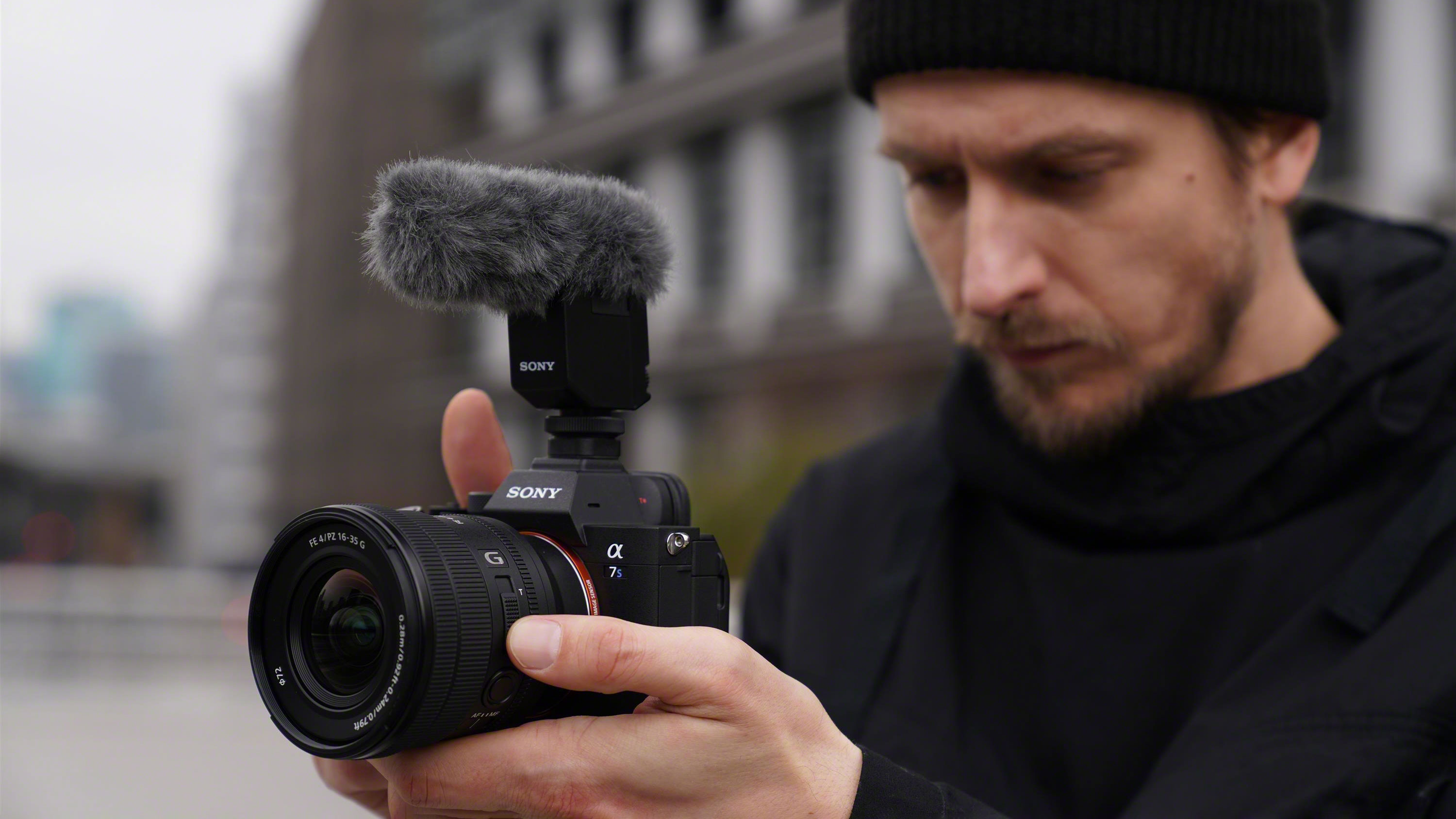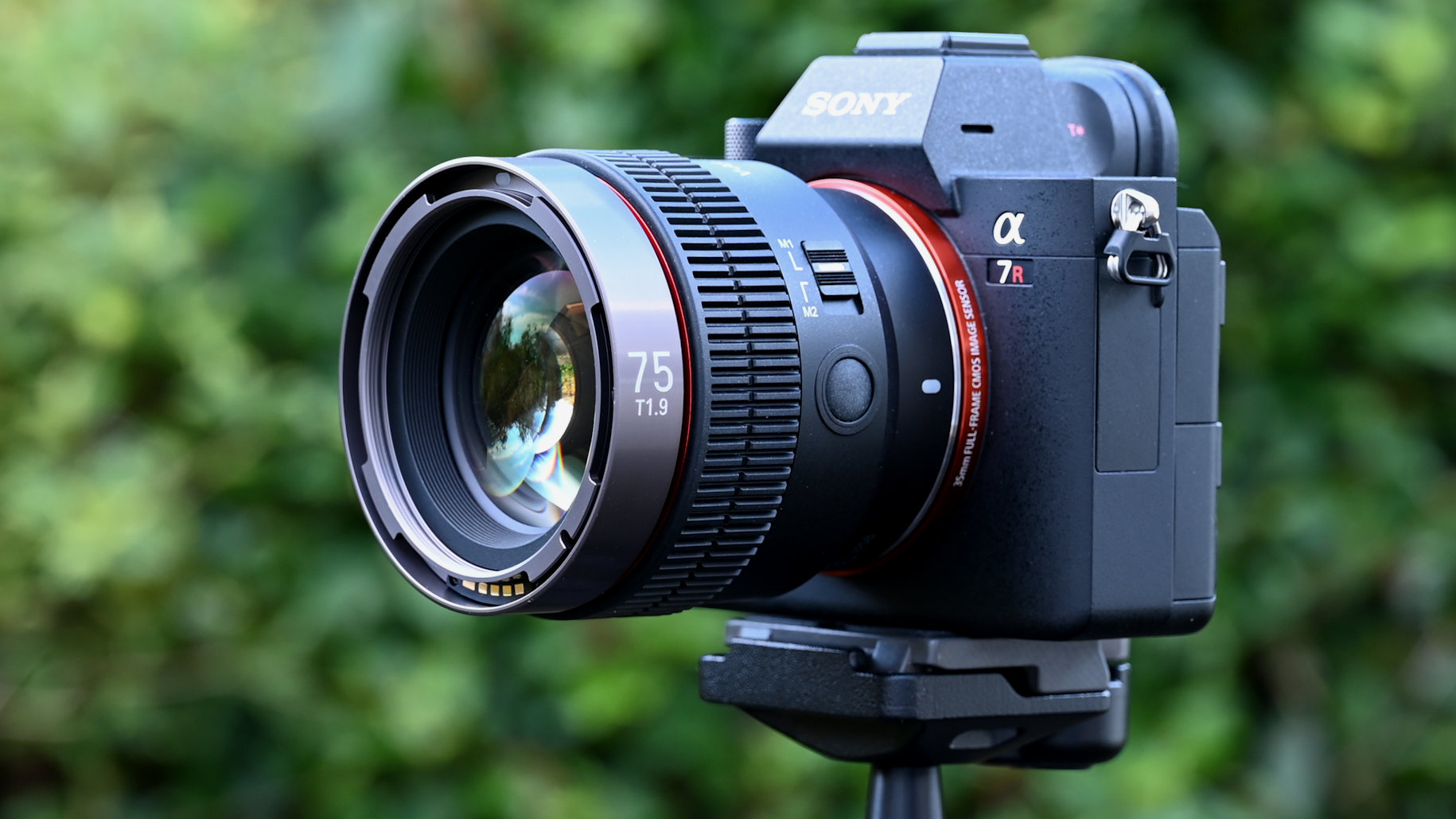Best Sony video lenses for vlogging and filmmaking
What are the best Sony video lenses for vloggers and filmmakers? Here are my top picks

Picking the best Sony video lenses is no easy task, with the main challenge being whittling your options down! With E-mount having been going strong for more than a decade, the catalogue includes a host of superb lenses for the system, not only made by Sony, but also by third-party manufacturers like Sigma and Samyang.
Many of the lenses in my list are already among the best Sony lenses all-round, but here I’ve paid special attention to lenses designed for vloggers and filmmakers. After all, the best Sony cameras are renowned for their video capabilities and are amongst the best hybrid cameras to buy right now.
I've made my picks based on the lenses that have most impressed my team in testing and reviewing – see the 'how to choose' section at the bottom of this piece for a detailed breakdown of our inclusion criteria. I've included options for both full-frame and APS-C Sony mirrorless cameras, and have made sure to incorporate a range of price points.

Rod is an independent photography journalist and editor, and a long-standing Digital Camera World contributor, having previously worked as DCW's Group Reviews editor. He has used and reviewed practically every interchangeable lens camera launched in the past 20 years, and here brings his expertise to finding the best Sony video lenses.
Quick list
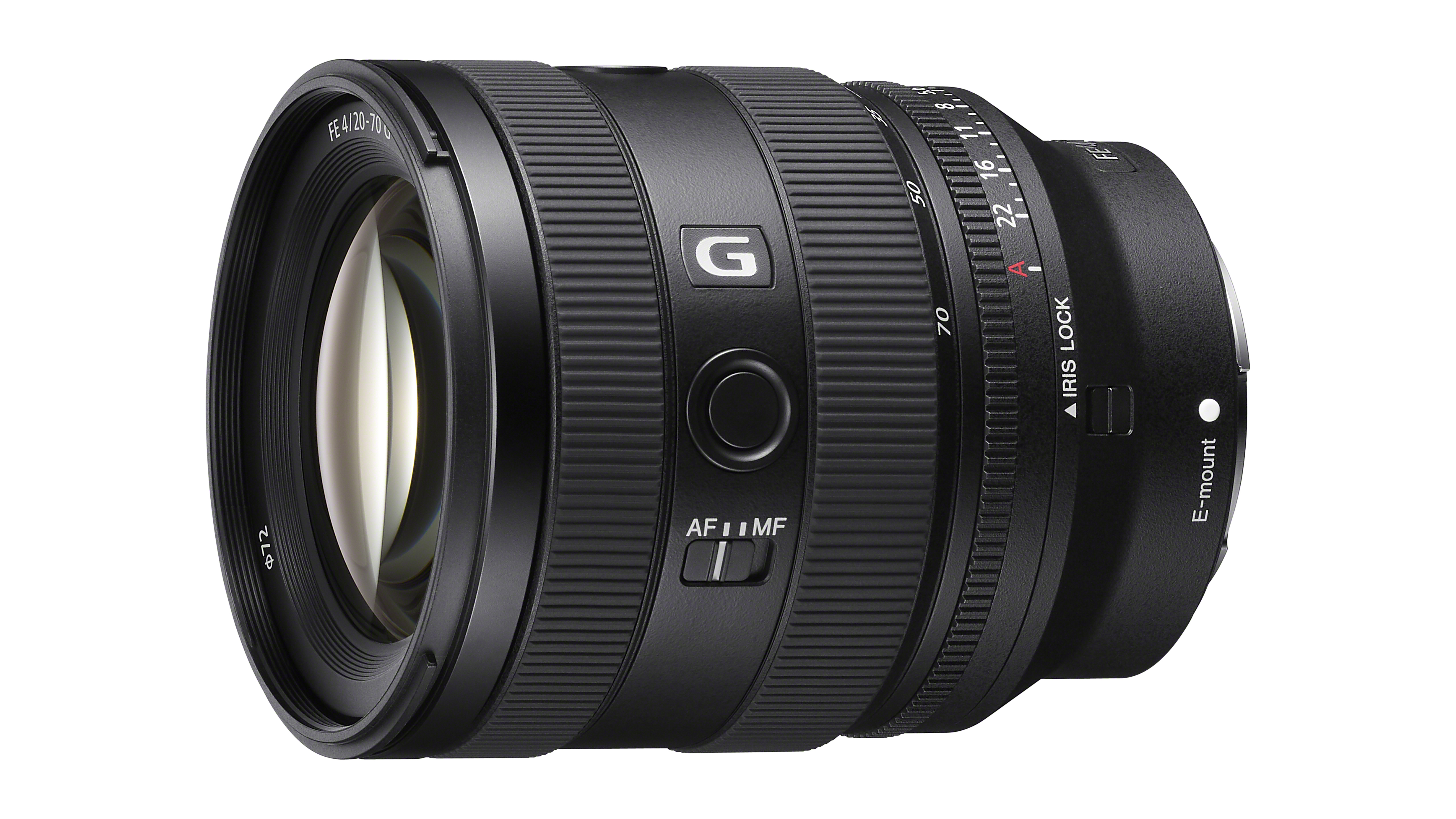
This zoom goes wider than most - making it a great all-round option for single-camera operators and vloggers.
Read more

The motorized zoom control is the key attraction here for video shooters - coupled with a wide-angle range that is great for vloggers.
Read more

This small, wide prime is a great lightweight choice - and well-suited if you are shooting with a gimbal.
Read more

If you are using a smaller Sony camera with an APS-C sensor, this is the best all-purpose option for vlogging.
Read more

A great all-purpose lens for those using Sony cameras with APS-C sensors, with a built-in motorized zoom control.

Perfect for big close-ups, the V-AF combines the benefits of a pro cine lens with autofocus and built-in tally lights.
See the next products

A relatively large lens, but offering a generous zoom range, de-clickable aperture ring and sublime image quality for video.

Designed for pros, Sony's G Master standard zoom combines superb handling with outrageously good image quality and weather sealing.
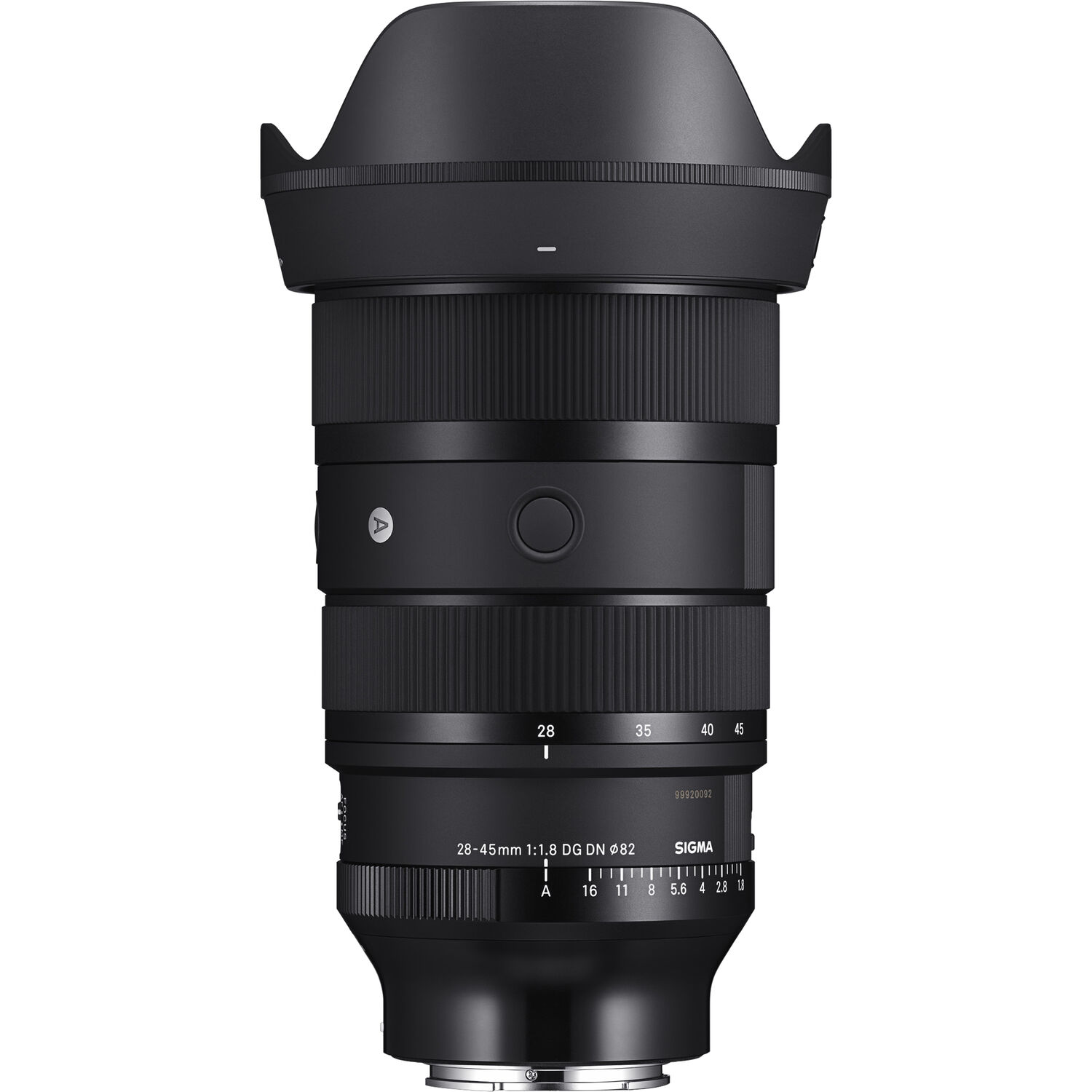
For creating imagery with a beautifully shallow depth of field, this big Sigma zoom is your best bet, an impressive feat of optics.
Best Sony video lenses
Why you can trust Digital Camera World
Best all-round zoom
Specifications
Reasons to buy
Reasons to avoid
While not designed specifically for video, the Sony FE 20-70mm F4 G covers a really useful focal range that's wide enough for selfie vlogging, even with the extra crop factor of digital stabilization. It also delivers both optical quality, handling and portability, though it does depend on optical in-camera corrections. The f/4 maximum aperture is not much of a compromise for the extended focal range and light weight either. The only drawback is the price, at least in some territories – it’s a lot to pay for an f/4 standard zoom, no matter how good or useful.
• Read more: Sony FE 20-70mm F4 G review
Best wide-angle zoom
2. Sony FE PZ 16-35mm f/4 G
Specifications
Reasons to buy
Reasons to avoid
Sony is billing this as "the world’s lightest compact constant F4 wide-angle Power Zoom G Lens", which is definitely is as it is also the only one! Key features include the use of Sony's XD (extreme dynamic) Linear Motors not just for the AF actuator but for the zoom control too, which also has variable zoom speed. The overall barrel length remains the same even when focusing or zooming, which should make the new lens a little more manageable on a gimbal – as will its surprisingly modest weight of just 353g. The Sony FE PZ 16-35mm f/4 G is also dust and moisture-resistant. It's also one-quarter the price of Sony's massive 16-35mm T3.1 cine lens. The equivalent 24-54mm focal length on APS-C Sonys or Super35 mode on full-frame models is a useful range in itself.
Best wide prime
Specifications
Reasons to buy
Reasons to avoid
If you're filming with a gimbal, it's a lot easier to balance the camera and handle the rig with smaller lighter lenses, especially primes. The Sony FE 24mm f/2.8 G is hard to fault as a design. It’s small and light, it has an aperture ring which can be de-clicked for video, its AF is fast, smooth and effectively silent, and it feels really well made. However, it does huge barrel distortion when uncorrected, and like many newer lenses it doesn’t just benefit from digital corrections, it relies on them as part of its design. This will be corrected automatically by the camera, however, so it's something you will probably never even be aware of.
See our full Sony FE 24mm f/2.8 G review



Features ★★★★★ | It ‘only’ has an f/2.8 aperture rating but the lens is wonderfully compact, virtually identical to the simultaneously launched FE 40mm f/2.5 G and FE 50mm f/2.5 G. |
Design ★★★★★ | Despite being amazingly small, the lens nevertheless packs an aperture control ring and function button. |
Performance ★★★★☆ | It’s generally impressive but edge/corner-sharpness could be a little better and the lens relies heavily on automatic in-camera correction for distortion. |
Value ★★★★☆ | It’s pricey for an f/2.8 lens but the extra handling exotica makes it good value. |
Best for vlogging
Specifications
Reasons to buy
Reasons to avoid
This new Sony APS-C ultra-wide zoom joins the existing 10-18mm f/4 lens in the range, but is specifically optimized for video with a power zoom mechanism. The first thing that hits you about this ultra-wide-angle zoom lens for Sony’s APS-C format mirrorless cameras is just how small it is. The size and weight are more akin to an ultra-compact standard kit zoom with a variable (and slow) aperture rating. The fact that Sony has managed to shoehorn such an expansive zoom range with a constant f/4 aperture into such a small lens, complete with motorized zoom, really is quite something. Especially as image quality and overall performance are so excellent. It’s pricey for an APS-C format zoom but well worth the money.
• Read more: Sony E PZ 10-20mm f/4 G review



Features ★★★★★ | The videocentric feature set includes a power zoom and very useful zoom range, with a constant aperture. |
Design ★★★★☆ | There’s no aperture control ring but you do get a function button and the weather-resistant design is nicely compact. |
Performance ★★★★★ | It’s impressively sharp and the motorized zoom works really well for video capture. |
Value ★★★★☆ | Considering the up-market build quality, performance and handling, it’s good value at the price. |
Best power zoom
5. Sony E PZ 18-105mm f/4 G OSS
Specifications
Reasons to buy
Reasons to avoid
The best Sony cameras for video offer full-width oversampled 4K video, but some full frame models rely on a cropped Super35 mode for some resolutions and frame rates, so APS-C E-mount lenses like this on could prove useful on larger cameras too. The 18-105mm focal range offers the equivalent of 27-158mm in full frame terms, which is very good for a lens with a constant f/4 aperture. The built in optical stabilizer is another advantage, as is the power zoom lever, though as with other Sony E APS-C lenses, there's no aperture ring. This could be the ideal all-purpose standard zoom for filming, but it is pretty big and heavy and especially so when fitted to Sony A6000-series bodies or the ZV-E10.
Best for close-ups
Specifications
Reasons to buy
Reasons to avoid
There are lots of third-party lenses available for Sony cameras - but for videographers the Samyang V-AF series is particularly appealing. These have been designed to give the features of a cine lens - such as being able to be used with a professional follow-focus attachment. However, they offer autofocus - unlike most cine lenses - and are much more affordable.
The 75mm is particularly useful for tight close-ups - when shooting interviews, say. And thanks to its wide T1.9 maximum aperture (equivalent to f/1.8 on a photo lens), can give beautifully defocused backgrounds.
A neat feature you don't get on other lenses is that there is a pair of tally lights on the front, so the presenter can see when the camera is transmitting, and when it is live. Another innovative feature is a front-mounted bayonet - that allows you to attach optical accessories, such as Samyang's anamorphic adapter.
See our full Samyang V-AF 75mm T1.9 review with lab results

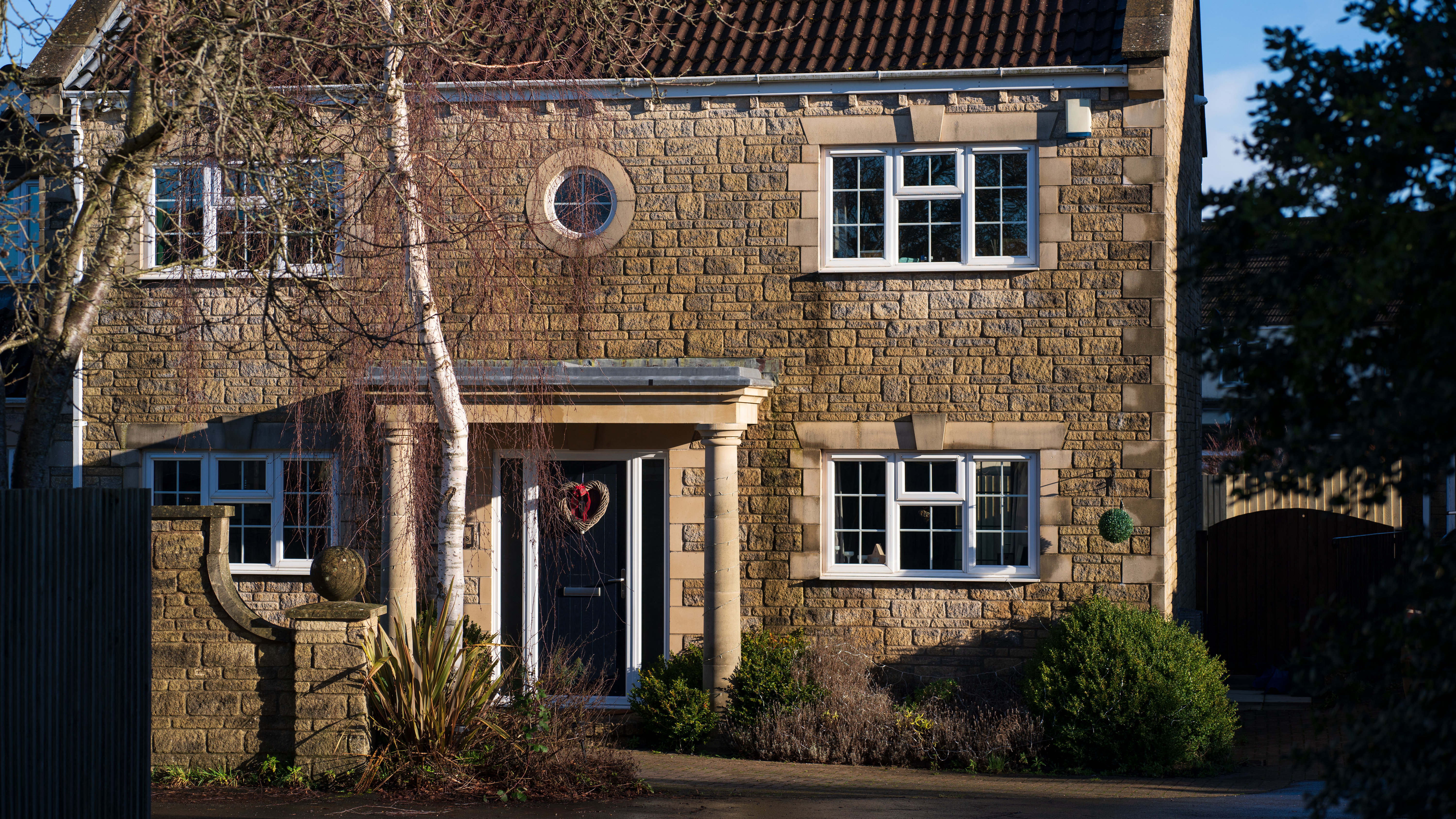

Features ★★★★☆ | It has the requisite features for capturing cinema-quality tight shots. |
Design ★★★★★ | The design is excellent, with a unified size, weight and center of gravity compared with other Samyang V-AF lenses. |
Performance ★★★★☆ | The lens is certainly sharp enough and does well to suppress unwanted aberrations. |
Value ★★★★★ | Typical of Samyang lenses, it’s excellent value for money. |
Best telezoom

Specifications
Reasons to buy
Reasons to avoid
While this is definitely a lens on the heavier side, the Sigma 28-105mm F2.8 DG DN | Art gives any video shooter an impressive level of versatility that’s worth a little extra weight. The refined handling makes the lens a pleasure to use, with a declickable aperture ring that’s suited to video.
Autofocus performance is excellent – fast and accurate – and image quality is, of course, tremendous. Sigma’s Art range of lenses are known for their exceptional sharpness, and in our lab tests, this lens excelled. Some video users may find they miss the wide 24mm option, but if you don’t mind working with a slightly narrower field of view, there’s a lot to recommend here.
Read more: Sigma 28-105mm F2.8 DG DN | Art



Features ★★★★☆ | It’s much like a ‘trinity’ 24-70mm f/2.8 standard zoom, but with longer telephoto reach. However, there’s no optical stabilization. |
Design ★★★★★ | Tough build quality is supplemented by neat handling extras including a click/de-click aperture ring and function button. |
Performance ★★★★★ | Sharpness is excellent throughout the zoom range, even at f/2.8, where bokeh is nice and smooth, especially at longer zoom settings. |
Value ★★★★★ | The Sigma is standout value at the price, competing favorably against slower 24-105mm f/4 zooms. |
Best standard zoom
Specifications
Reasons to buy
Reasons to avoid
This second-generation 24-70mm f/2.8 G Master II is a lot smaller and lighter than the original and a more manageable proposition for shooting video. It also has an aperture ring, that the first version did not. There was absolutely nothing wrong with the original edition of Sony’s G Master trinity standard zoom for photography, but the second incarnation is even better in every way. It packs a host of new features, improved handling characteristics and a completely redesigned optical path into a smaller, more lightweight build. It’s more comprehensively weather-sealed as well. The GM II is undeniably pricey, but you get what you pay for and more besides.
For a similar lens with an even larger constant aperture, you may also want to consider the new Sony FE 28-70mm f/2 GM, a marvel of engineering that we are still in the process of testing. While this is undeniably an expensive lens, it also delivers impressive f/2 quality in a body that somehow isn't ridiculously heavy the way Canon's version was. Worth considering, if your budget can stretch.
Read more: Sony FE 24-70mm f/2.8 GM II review

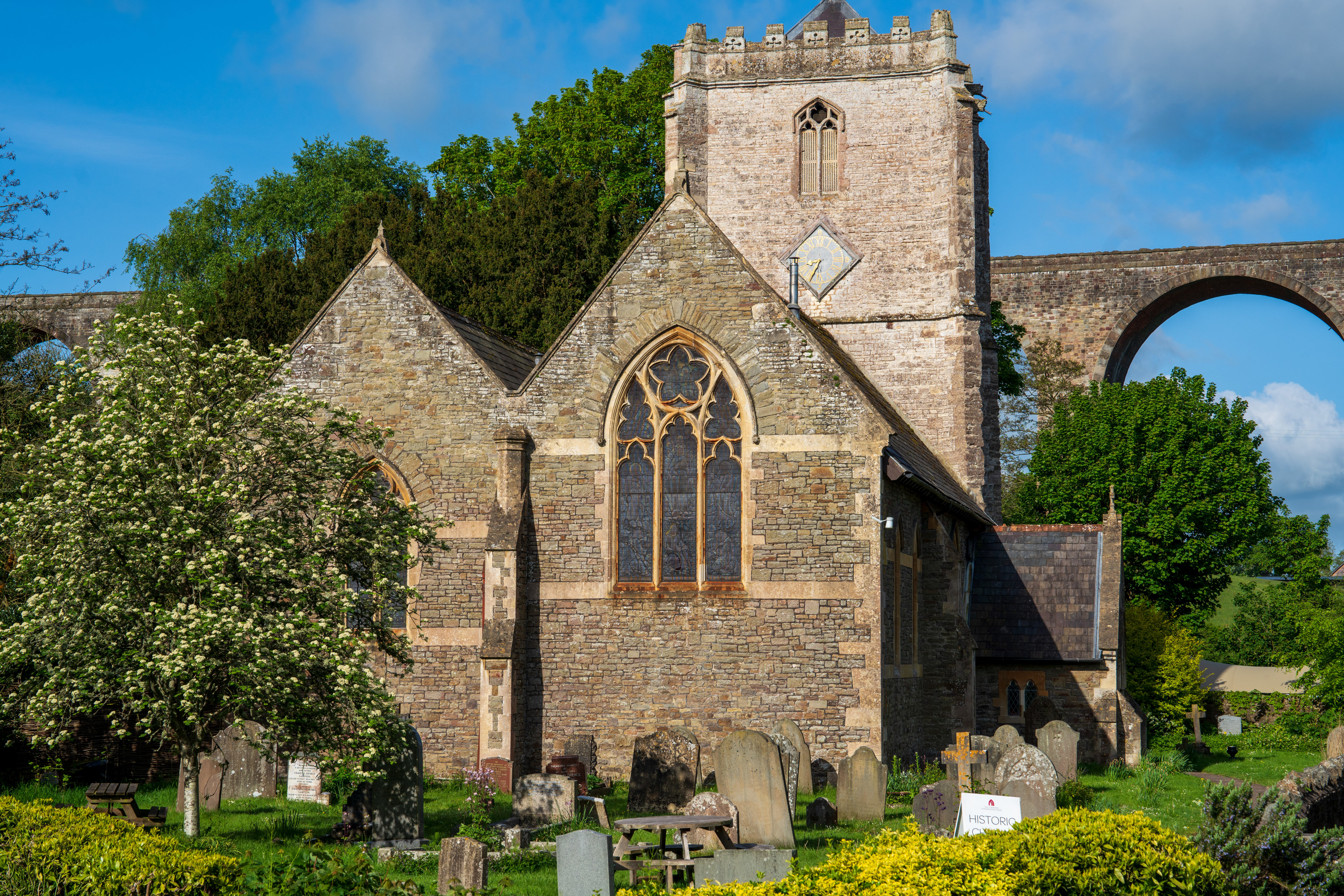
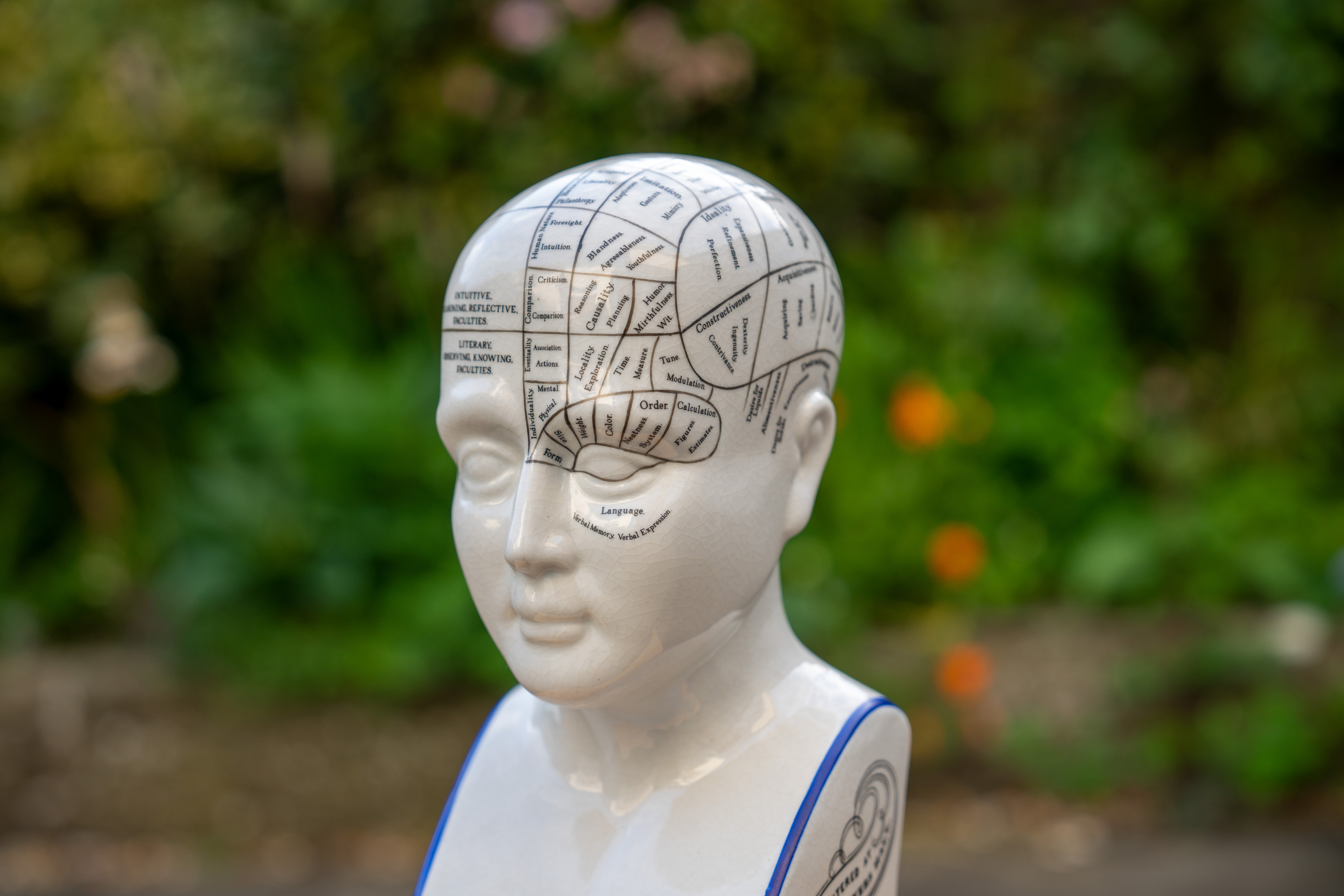
Features ★★★★★ | Building on the success of Sony’s flagship ‘trinity’ standard zoom, the Mark II boasts extra features and redesigned optics. |
Design ★★★★★ | Design extras include adjustable torque for the zoom ring, function buttons and a click/de-click aperture ring. |
Performance ★★★★★ | Performance is absolutely top-drawer in all respects, from super-fast autofocus to sublime image quality. |
Value ★★★★★ | It’s naturally pricey for a Sony G Master lens but the Mark II is nevertheless great value for money. |
Best for bokeh

Specifications
Reasons to buy
Reasons to avoid
The big appeal of the Sigma 28-45mm is its incredibly wide maximum aperture - something you just don't see in other zooms. This allows you more control to defocus the background when shooting - or to increase the light to sensor when shooting in dingy conditions.
The design means the lens is big - but Sigma has tried to ensure the lens is still usable by restricting the range of the zoom. Even so, this Art series zoom could replace two or three prime lenses from your kit bag. Even so, this lens is best suited to Sony's full-frame Alpha cameras.
See our full Sigma 28-45mm F1.8 DG DN Art review



Features ★★★★★ | The world’s first full-frame constant-aperture f/1.8 zoom is like three 28mm, 35mm and (nearly) 50mm prime lenses in one package. |
Design ★★★★★ | Build quality feels rock-solid and handling extras include an aperture ring and customizable function buttons. |
Performance ★★★★★ | Image quality is exceptional on all counts, with superb sharpness and clarity throughout the entire zoom range, even when shooting wide-open. |
Value ★★★★★ | Considering that it can effectively replace three high-quality prime lenses, it’s superb value for money. |
Lab data and comparisons
The graphs below show the comparative performance of the lenses in this guide, based on our in-house lab tests. The Sigma 28-45mm f/1.8 zoom is amazingly sharp, living up to its claims of replicating the performance of multiple fast prime lenses. Meanwhile, the Sony FE 24mm relies very heavily on automatic in-camera correction for distortion. Color fringing is well controlled across the board.
Scores for sharpness and color fringing are averaged from data taken across the entire image frame, from the center to the edges and corners, throughout the aperture range. For zoom lenses, the scores are also averaged from data measured at all marked focal lengths, and the same applies to distortion. Bear in mind that these average values don't fully reflect specific areas of performance. For example, a zoom lens might have noticeable barrel and pincushion distortion at its shortest and longest focal lengths respectively, which tends to average out when looking at the data overall. For more detailed graphs of each lens's performance, which give the full picture, check out the graphs in our full standalone lens reviews.
How to choose the best Sony video lenses
For a good video lens to mount on Sony cameras, we are looking for a handful of specific qualities:
• Constant maximum aperture:
Obviously this is one attraction of prime lenses, but when shooting with a zoom for more scope and convenience, you want to be able to zoom in and out without having to work around changing iris values.
• Aperture ring:
Being able to see and set the iris value externally is very useful, especially if the aperture rings is ‘de-clickable’. This enables you to make smooth and silent iris adjustments while filming.
• Wide angles of view:
This is useful for filmmaking or vlogging in small interiors but practically essential for ‘selfie vlogging’, where you often want to get the background in the shot as well as yourself. Don’t forget that some video modes bring a digital crop, as does Sony’s digital image stabilization.
• Power zoom:
An electrically powered zoom mechanism is not essential and many filmmakers won’t zoom while filming anyway. But if zooming and zoom effects are your style, it’s a lot easier and smoother with a power zoom than trying to do it manually. Some Sony cameras, like the ZV-E10, even have a zoom lever on the body.
You can’t always get all of these features in any single lens, but they are things you might want to look out for nonetheless.
How we test lenses
The lens experts in our testing lab run a range of tests under controlled conditions, using the Imatest Master testing suite. Photos of test charts are taken across the range of apertures and zooms (where available), then analyzed for sharpness, distortion and chromatic aberrations.
We use Imatest SFR (spatial frequency response) charts and analysis software to plot lens resolution at the centre of the image frame, corners and mid-point distances, across the range of aperture settings and, with zoom lenses, at four different focal lengths.
There's more to it than just the technical side, though! Beyond the lab, our reviewers test lenses in real-world environments – and sometimes on professional shoots! We work with lenses both indoors and outdoors, in studio conditions and in natural light, with as many different subjects as is possible (or appropriate – there's no point testing a landscape lens' ability to shoot a portrait!).
We take into account everything from handling and ease of use to speed of autofocus and the overall quality of the images produced.
Find out more about how we test and review on Digital Camera World
The best camera deals, reviews, product advice, and unmissable photography news, direct to your inbox!

Rod is an independent photography journalist and editor, and a long-standing Digital Camera World contributor, having previously worked as DCW's Group Reviews editor. Before that he has been technique editor on N-Photo, Head of Testing for the photography division and Camera Channel editor on TechRadar, as well as contributing to many other publications. He has been writing about photography technique, photo editing and digital cameras since they first appeared, and before that began his career writing about film photography. He has used and reviewed practically every interchangeable lens camera launched in the past 20 years, from entry-level DSLRs to medium format cameras, together with lenses, tripods, gimbals, light meters, camera bags and more. Rod has his own camera gear blog at fotovolo.com but also writes about photo-editing applications and techniques at lifeafterphotoshop.com

